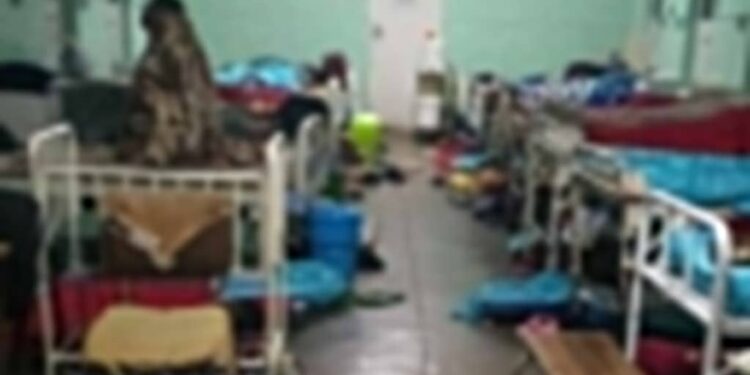Hopewell Chin’ono’s Instagram posts expose the harsh realities of Zimbabwe’s healthcare system. “2,500 Zimbabwean women die every year giving birth,” a staggering statistic that highlights the system’s failures. The country’s largest hospital still relies on a single maternity theater built in 1977, a facility that is woefully inadequate for the needs of the population. In fact, over 300 babies died during childbirth in Zimbabwe in January alone, underscoring the gravity of the situation.
The Concession District Hospital’s maternity ward is a grim example of the healthcare system’s shortcomings. With only 18 beds, the ward often accommodates around 50 women at a time, including those in labor and postnatal mothers. The staff shortage is critical, with only three midwives on duty at night and one nurse aide. “There are 18 beds, but at any given time, there are around 50 women in there,” highlighting the dire conditions.
Patients are forced to bear the cost of sundries for cesarean sections and suture materials, a significant burden for those already struggling. “C-section mothers have to buy their own sundries for the procedure, and those who tear during delivery must buy suture material,” highlighting the gaps in the healthcare system.
Meanwhile, the government continues to allocate resources to projects that benefit a select few. The distribution of luxury vehicles to judges and cronies raises questions about the government’s priorities. “The cost of buying just one of these cars could build ten maternity theaters,” a stark contrast to the healthcare system’s needs.
The healthcare crisis in Zimbabwe demands attention and action. The government’s spending habits and the dire state of the healthcare system highlight the need for reform. Ensuring women and children receive the care they deserve requires immediate attention and investment in the healthcare system. The situation calls for a fundamental shift in how healthcare is prioritized and funded in Zimbabwe.
source- Hopewell Chin’ono









